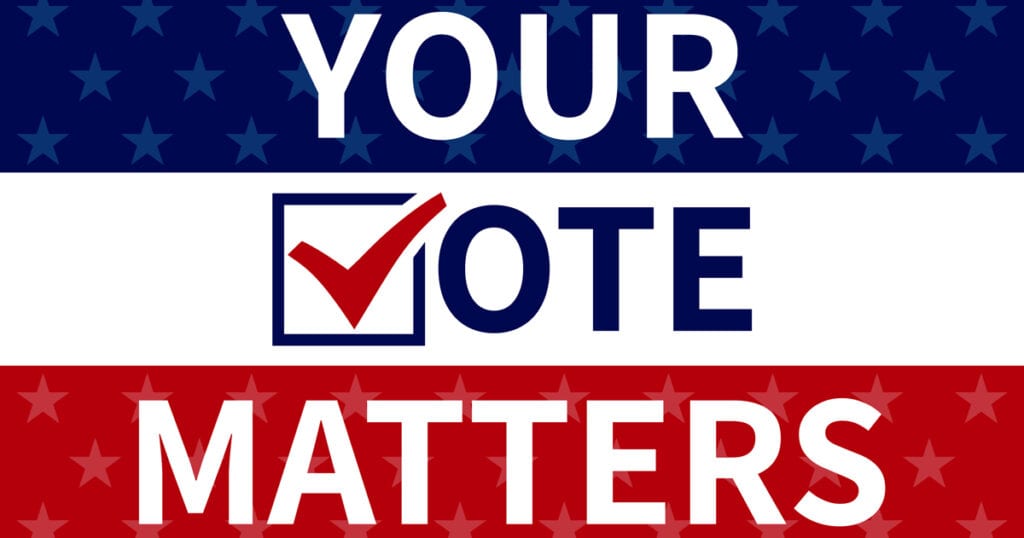Voting is a fundamental right. One in five people eligible to vote has a disability. The National Coalition for Accessible Voting and United Spinal created Plan Your Vote 2020, a step-by-step plan designed to get you ready and go vote!
According to Rutgers University, people with disabilities accounted for over 35 million eligible voters in 2016 (that number jumps to over 62 million eligible voters when you count family members in the same household).
Voters with disabilities have faced numerous challenges in making their vote count, including inaccessible polling places and voting ballots.
The good news is there are federal civil rights that protect the right to vote for wheelchair users and other individuals living with disabilities.
If you are a voter with a disability, you have the right to:
- Vote privately and independently
- Have an accessible polling place with voting machines for voters with disabilities
If you do vote in person, you have the right to seek assistance from workers at your polling place who have been trained to use accessible voting machines; and bring someone to help you vote.
Polling places must have accessibility features that do not restrict access to people with disabilities, such as entrances and doorways that are at least 32 inches wide and handrails on all stairs. Service animals are also permitted at polling places.
Here’s the U.S. Department of Justice’s ADA Checklist For Polling Places.
You can request information from your local election officials on voting aids, voting assistance, and absentee ballot procedures that are available.
To locate your local election office, register to vote, obtain info on absentee/ mail and/or early voting, or find your polling place visit https://www.eac.gov/voters/register-and-vote-in-your-state.
For further information, you can contact the U.S. Election Assistance Commission (EAC) by phone at 866-747-1471 or email at listen@eac.gov.
Here’s the EAC’s Top 10 Tips for Voters with Disabilities.
The American Association of People with Disabilities also offers an Election Accessibility Toolkit, which includes information on troubleshooting problems encountered on Election Day, reporting barriers, and additional resources.
There are plenty of other resources out there to assist voters with spinal cord injuries/diseases and other disabilities, but we hope this provides a good starting point!
Resources:
- How to Vote by State (pdf)
- Plan Your Vote 2020 (pdf); Plan Your Vote (word doc)
- NBC Universal Voting Toolkit
- Top 10 Tips for Voters With Disabilities (pdf)

